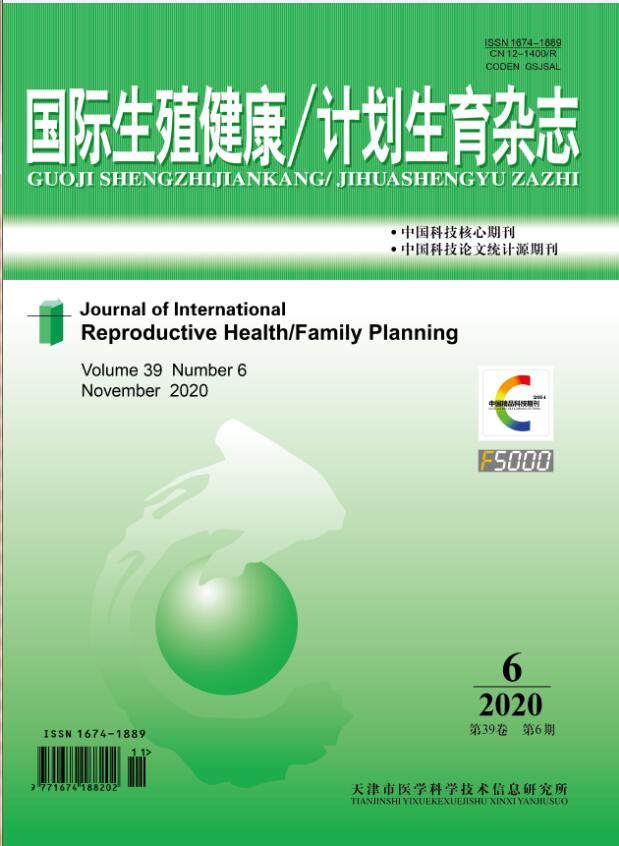|
|
Correlation of Menopause Symptoms with Anxiety and Depression
CHENG Yun;GUO Xue-tao;CONG Xin-ru;LIU Hui-ping
2015, 34 (2):
123-125.
Objective:To explore the association between menopause symptoms and depression and anxiety in those women at different aging stages. Methods:The questionnaire was designed for those outpatient women, which included demographic characteristics, modified Kupperman score and self-rating depression/anxiety scale(SDS/SAS). 372 questionnaires were finished by face to face. According to the Stages of Reproductive Aging Workshop +10 system, they were divided into four groups: premenopause group(n=105), early transition group(n=110), late transition group(n=84), and postmenopause group(n=73). Results:There were significant differences in the degrees of menopausal symptoms, SDS, SAS, Kupperman scores, and incidences of anxiety and depression among four groups(P<0.05). Hot flashes, sweating, heart palpitations were related to depression and anxiety, while vaginal dryness and painful intercourse were related to anxiety. Kupperman scores were correlated with SDS, SAS(r=0.465, 0.421, P<0.001,r2=0.22,0.18). SDS scores were positively correlated with SAS scores(r=0.801, P<0.001,r2=0.64). Conclusions:Menopausal symptoms, depression and anxiety can occur in women aged over 40 years, with the increasing trend following the reproductive aging. There are significant correlations between menopausal symptoms and depression and anxiety, and interaction between depression and anxiety.
Related Articles |
Metrics
|

